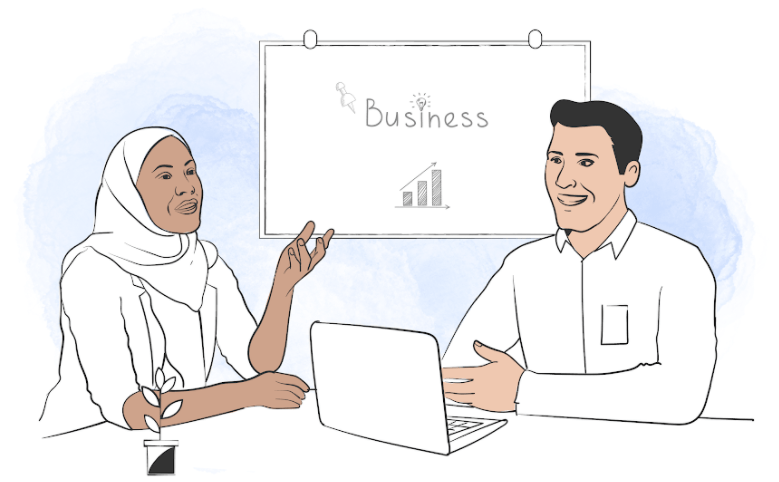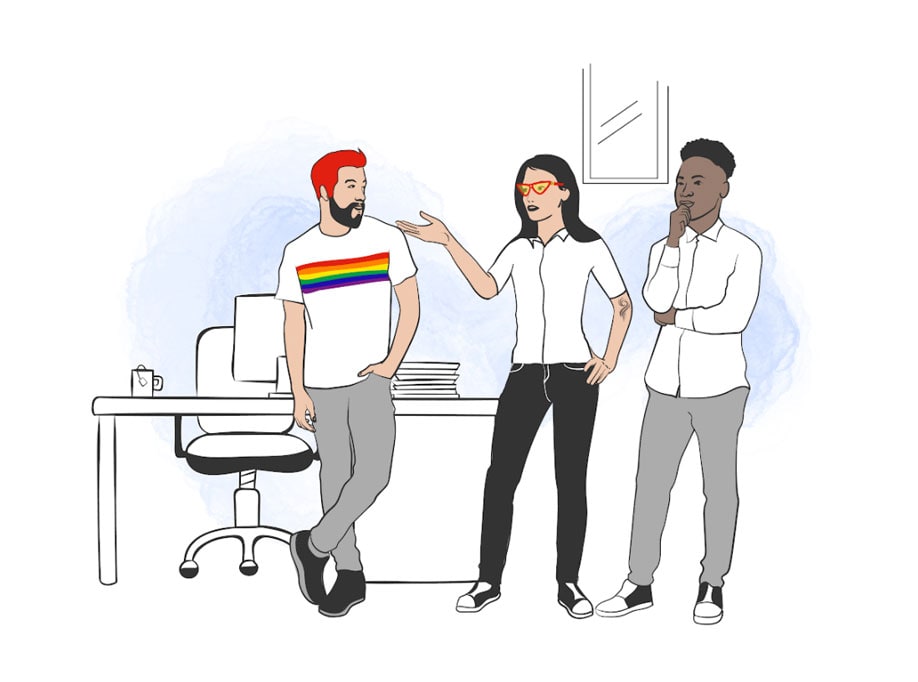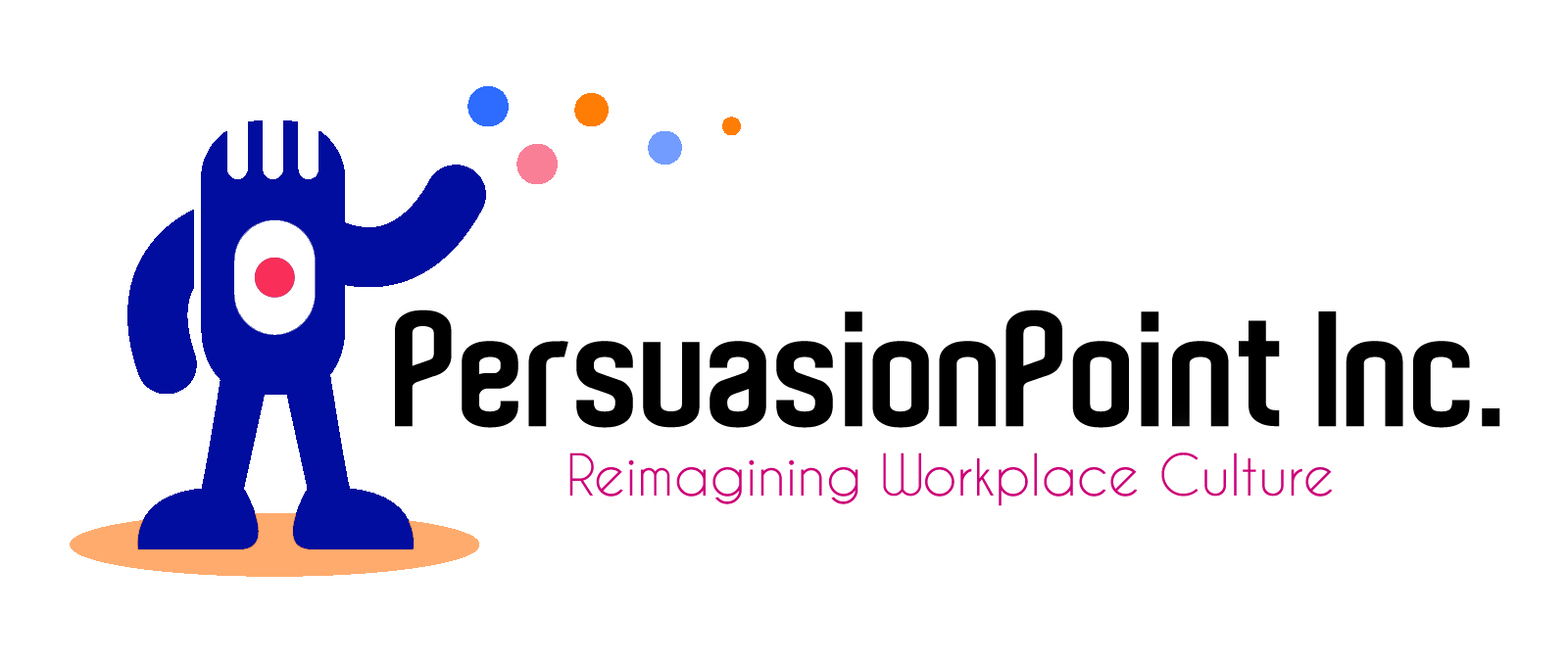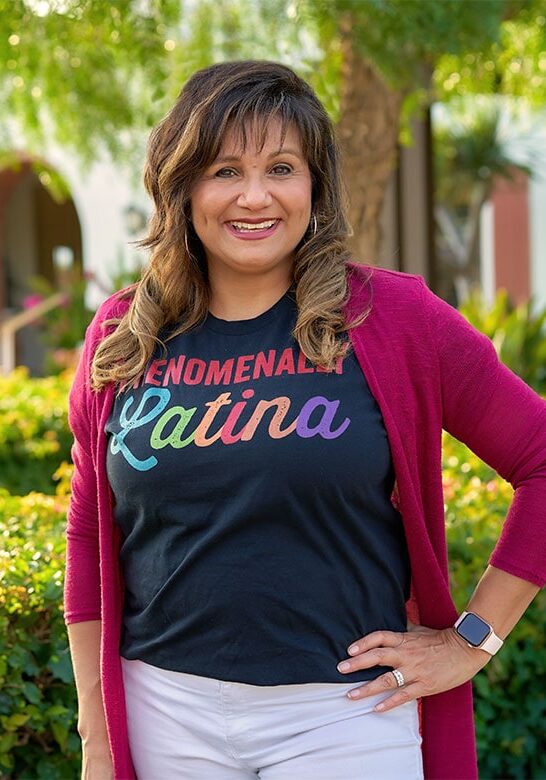

This unique workshop combines psychological insights gleaned from the Strengths Deployment Inventory (SDI) assessment with the Drama-Free Workplace philosophy to improve the way team members communicate and relate to one another.
Through completing an SDI assessment, team members will gain deeper insight into their own motives and strengths. They’ll learn about their own conflict triggers and how they impact their relationships, whether inside or outside the workplace.
The SDI assessment tool is useful in that it not only highlights our strengths, but also ways our strengths can be “overdone” and become obstacles to building healthy, productive relationships.
The Strengths Deployment Inventory Measures Our Motivational Value System (MVS)
Our core motive (or motives if you’re a blend) serves as an anchor. Like an anchor, our motives don’t change - they are what we value, what is most important to us. But unless you’re incredibly perceptive (or you’re an SDI expert!), you may not express that motive, and you may not be able to easily identify others’ motives.
Are you motivated by people, performance, or process?
By assessing our Motivational Value System (MVS), the SDI shows us that we are each a blend of all three motives, but many of us have a primary driver that makes us tick.

Learn about your conflict triggers and conflict sequence
The relationship awareness theory (did I mention I’m a huge psychology nerd?!) helps us identify our motive, our values, what makes us tick. But there’s more! It turns out that what makes us tick when things are going well changes when things start to go downhill - when we’re in conflict.
Conflict changes everything.
The SDI helps us identify behaviors that might send us into confrontation mode and identify each team member’s conflict sequence in three stages. Is your go-to response when you face conflict to analyze the situation and explain your point of view? Or maybe your first reaction in conflict is to assert yourself. Or maybe you simply want to keep the peace, so your first reaction is to accommodate. The power of the SDI is not only that it helps us get to know ourselves better, but that it was designed specifically to be a relationship tool. It allows us to better understand the people around us.

We all know that if we don’t handle conflict in these early stages, it can lead to (you guessed it) DRAMA.
A Team Performance Booster Workshop will help your team members better understand their triggers through deeper insight into their core motives and how they are impacted by conflict.
Interested in learning how the SDI can help you become a better leader or make your team work more effectively? Call me.

Other ways I can help to enhance your team’s effectiveness





